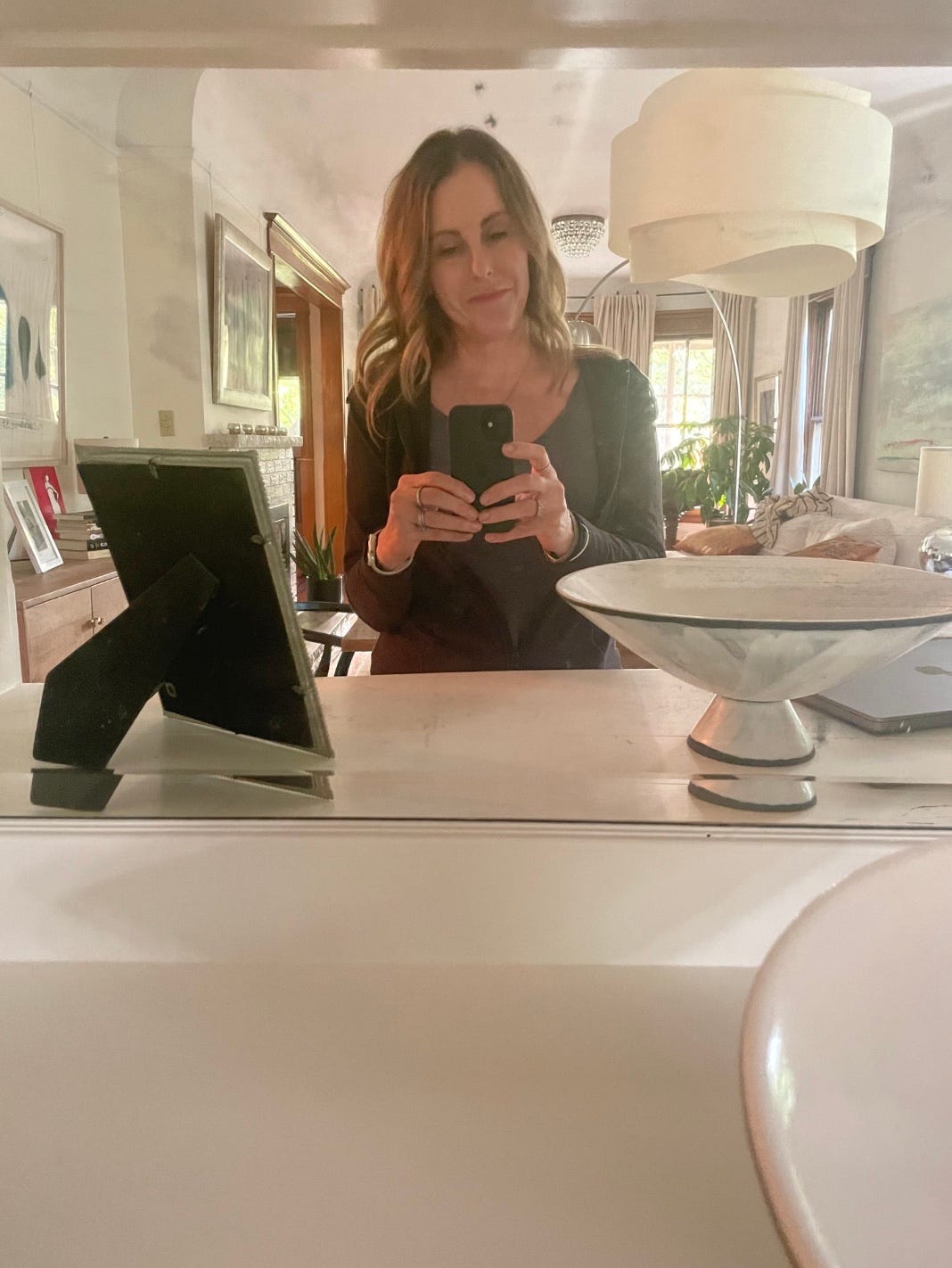Recent & Upcoming at WITD
I had the honor of speaking with
, author of Writing that Gets Noticed, for her podcast, Freelance Direct. The episode, Launching Into New Dimensions With Embodied Writing, is live now, and you can listen to it here.The Letter Reimagined: Starts September 25! If you’re a paid member, you’re all set to participate in this intensive for pushing the boundaries on epistolary writing. If not, you can upgrade anytime. ❤️
This week’s hot topic: reflection.
If you’ve ever written personal essay or memoir, you’ve probably heard that reflection is essential. You might even have been pointed toward the brilliant Vivian Gornick, who, in her classic craft book on memoir writing, The Situation and the Story, writes:
What happened to the writer is not what matters; what matters is the large sense that the writer is able to make of what happened.
This, undeniably, is counsel most wise. And yet … what I see—almost always—in personal writing submitted to me for editorial feedback is a tendency toward over reflecting.
Sean Ironman addresses the phenomenon of over reflecting in his craft essay, “Writing the Z-Axis,” and dubs this kind of writing a “bar essay” because it “reads as if the writer is on the barstool next to you rambling about their life over a Guinness.”
I learned about Sean Ironman’s essay from Brooke Warner, publisher at She Writes Press, in her insightful Writer’s Digest craft piece on the difference between reflection and takeaway (in which she also sagely cautions memoirists against long passages reflection).
Warner’s generous essay provides clear examples of effective reflection, including the kind that deepens and resounds as a more universal takeaway.
What I want to talk about, though—instead of reflection per se—are the ways in which we can accomplish what Gornick says we must—that is, to communicate “the large sense of what we have been able to make of what happened”—without reflecting.
Not because we’ll never reflect. We will, undoubtedly, reflect!
Probably too much, despite our best efforts.
Which is why it’s so valuable to have other options, other tools in our kit, for making meaning. Tools we can pull out and use instead of that sometimes too-handy mirror.
The tool I want to explore this week, and the exercise I’ve crafted, is one for helping us effectively and powerfully use concrete, specific detail (exterior) to vividly convey an interior state and/or to work in contrast to an interior state and, in that way, convey meaning.
Those of you familiar with my shimmer/shards practice are well prepped for this work.
But anyone can dive in because I’m providing crystal clear examples of how it works in two stunning passages where writers use exterior detail to convey emotion, and a stepwise exercise to help you do the same:



